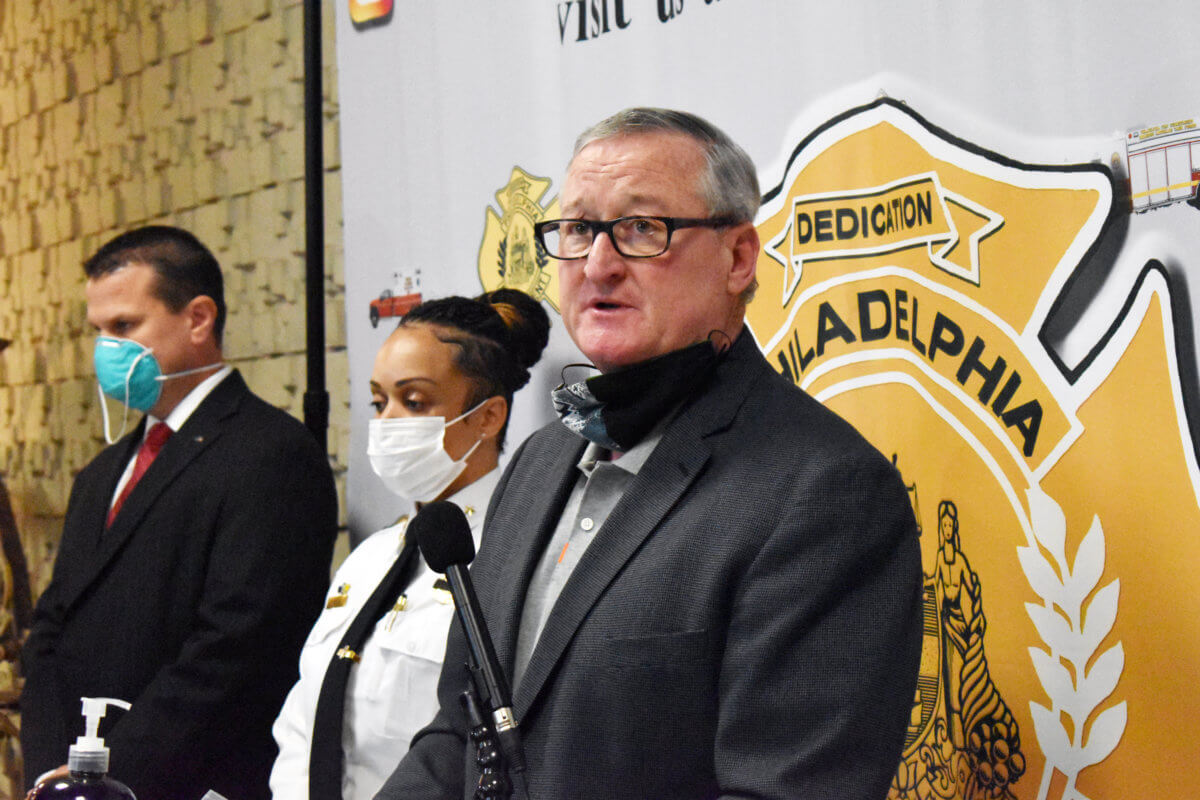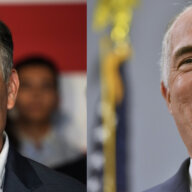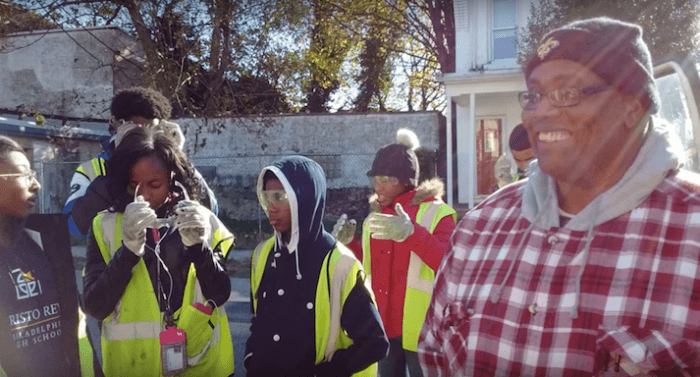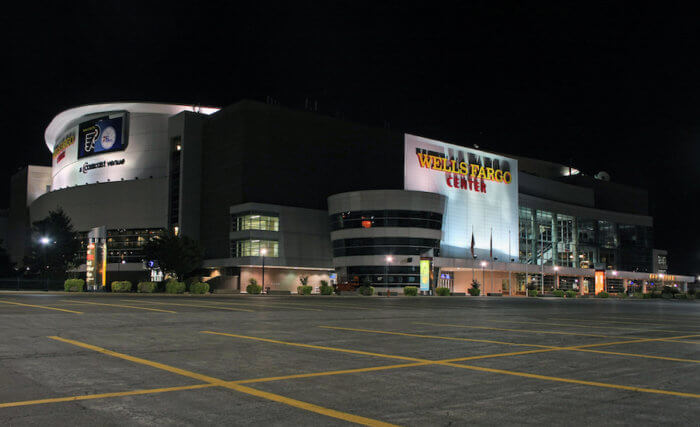Mayor Jim Kenney’s $5.2 billion budget proposal does not include any tax hikes or layoffs for city employees and restores some pandemic-related spending cuts, thanks almost entirely to federal relief funds.
Philadelphia is set to receive a $1.4 billion injection from the American Rescue Plan, which, unlike previous COVID-19 stimulus packages, includes money that can be used by local governments to replace lost tax dollars.
Kenney’s plan, formally introduced Thursday, doubles the city’s spending on anti-violence programs, allocates $132 million for street repaving and incorporates $10 million for a redesign of FDR Park.
It also resumes a long-term effort to decrease the city’s wage tax and eliminates some fees for prison inmates and their families.
In a pre-recorded address to City Council, Kenney said his budget documents “serve as blueprints for the city’s reopening in the wake of the pandemic.”
Council will review the mayor’s plan over the next couple of months, holding hearings on each department’s budget and providing opportunities for public input. It is required to pass a spending bill prior to July 1, the start of the 2022 fiscal year.
Derek Green, one of Council’s at-large members, said elected leaders need to think big about how to use the ARP money, which he called a “once in a lifetime investment.”
“The mayor’s vision is a good start, but I’m going to say what I think all of us are thinking, and I think many people around the city are thinking,” Green said Thursday. “We need a bolder vision on how we’re going to use these dollars.”
If not for the federal stimulus, which was approved last month, the city would be looking at a $450 million budget deficit, a year after closing a $749 million gap, Kenney administration officials said. The fiscal hole would have grown to $1.5 billion over five years.
“We would have had to do really painful things,” Rob Dubow, the mayor’s finance director, said. “It really was a rescue plan.”
Still, cuts needed to be made. So-called “back office” departments, including fleet management and human resources, had their budgets reduced by 5%. No one will be laid off, but some jobs may go unfilled, officials said.
Half of the $1.4 billion will arrive in the city’s coffers next month, with the other half scheduled for next May, according to Dubow.
Kenney’s plan is to spend $32 million of it in the waning days of this fiscal year and $575 million next year, with the amount used decreasing in subsequent years.
“We’re really going to use that money to make up for our revenue losses and to cover costs created by the pandemic,” Dubow said.
Council President Darrell Clarke said every dollar and every change to the tax rate must be examined to determine whether it leads to more opportunities for city residents. There’s no room for error when it comes to the $1.4 billion, he said.
“It is essential that we get this massive investment right,” Clarke added in a statement Thursday.
Philadelphia is in a more precarious place financially than most other major cities because it relies on wage tax, rather than property tax, revenue for a significant chunk of its budget.
And about 40% of the wage tax comes from commuters, who do not have to pay the levy if their employers instruct them to work from home. Kenney’s finance team is projecting a permanent 15% decrease in wage tax revenue from non-residents due to shifting work patterns.
Nonetheless, his administration is proposing the largest wage tax decrease in more than a decade, and it plans to continue a pre-pandemic initiative to cut business taxes.
Councilwoman Katherine Gilmore Richardson praised the plan’s increased funding for workforce development programs but wanted to hear more about environmental issues.
“I was disappointed that there was not a single mention of climate change in today’s budget address,” she said in a statement. “We must integrate this work into all city operations and understand how our decisions today will impact our resiliency tomorrow.”
Though not heeding rallying cries to “defund” the police, Kenney’s proposed budget kept the Philadelphia Police Department’s funding flat.
Extra money is being spent on some policing initiatives, including reform efforts and forensic improvements; however, it is being funneled through the Managing Director’s Office, not the PPD.
Tumar Alexander, the city’s managing director, said that budgetary approach is common when initiatives span multiple departments.
Kenney unveiled an updated anti-violence plan Wednesday, and he is advocating for an additional $18.7 million to fund a variety of programs with the goal of reducing homicides and shootings by 30% over two years.
Under his proposal, the city would borrow $270 million, the highest one-year amount in its history, with nearly half of it being used to pave 115 miles of road in the next year.
There is also $50 million that would be allocated to the FDR Park Master Plan through 2026, with an initial $10 million investment in the 2022 fiscal year.
Kenney’s budget incorporates a $12.9 million boost for homeless services, which officials said will allow the city to maintain its current number of shelter beds when federal funding expires.
The Philadelphia Cultural Fund, which nearly had its allocation zeroed out during the last budget process, would see its funding doubled, to $2 million. It supplies grants to arts and cultural organizations throughout the city.
A street-sweeping program, axed last year in the wake of the pandemic, will finally debut, if Kenney’s proposal is approved.
It would be limited, at least initially, to targeted areas, with a focus on minority neighborhoods with high levels of illegal dumping.
Kenney’s spending plan also restores funding for five-day-a-week library service, programming at recreation centers and the reopening of public pools.
His finance team is projecting a $109 million surplus, about 2% of the city’s total budget, far below the recommendations of good government organizations.
































